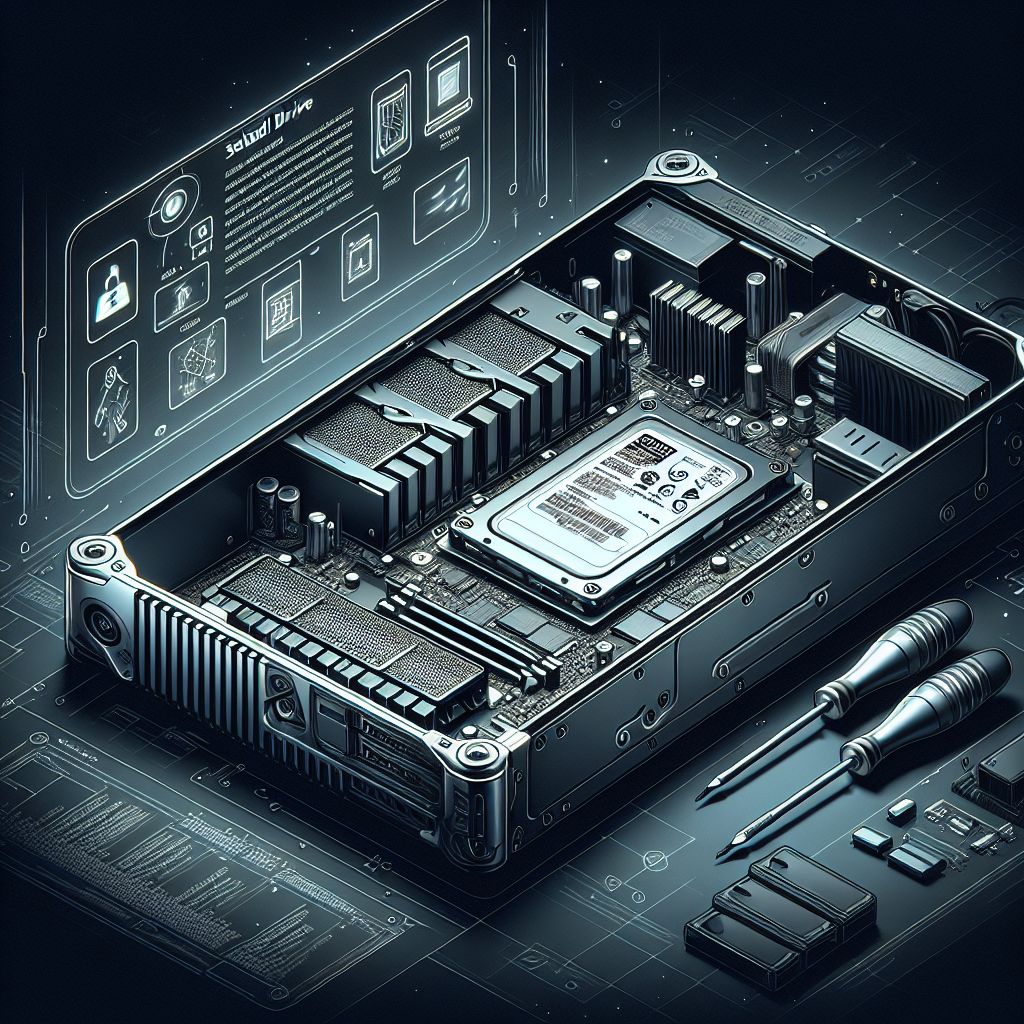Your cart is currently empty!
Tips for Installing and Optimizing Your Solid-State Drive

Solid-state drives (SSDs) have become increasingly popular in recent years due to their faster speeds and greater reliability compared to traditional hard disk drives (HDDs). If you’re looking to upgrade your computer’s storage with an SSD, here are some tips for installing and optimizing your new drive.
1. Choose the right SSD: Before you start the installation process, make sure you choose an SSD that is compatible with your computer’s hardware and meets your storage needs. Consider factors such as capacity, form factor, and performance when selecting an SSD.
2. Backup your data: Before you begin the installation process, it’s important to back up all of your important data. This will ensure that you don’t lose any files in case something goes wrong during the installation process.
3. Disconnect your computer from power: Before you open up your computer to install the SSD, make sure to disconnect it from power and ground yourself to prevent any static electricity damage to your components.
4. Install the SSD: Depending on your computer’s configuration, you may need to remove the existing hard drive or find an available slot for the SSD. Follow the manufacturer’s instructions for installing the SSD in your specific computer model.
5. Set up the SSD: Once the SSD is installed, you will need to initialize and format it before you can start using it. This can typically be done through your computer’s operating system or by using a third-party software tool.
6. Update your operating system: After installing the SSD, make sure to update your operating system to ensure compatibility and optimal performance with the new drive. Check for any firmware updates for the SSD as well.
7. Enable TRIM: TRIM is a command that helps optimize the performance of SSDs by allowing the operating system to inform the drive which blocks of data are no longer in use. Make sure to enable TRIM on your computer to keep your SSD running smoothly.
8. Disable defragmentation: Unlike HDDs, SSDs do not need to be defragmented regularly. In fact, defragmenting an SSD can actually shorten its lifespan. Make sure to disable automatic defragmentation on your computer to avoid unnecessary wear and tear on your SSD.
9. Optimize your settings: Adjusting your computer’s power settings and disabling unnecessary startup programs can help improve the performance of your SSD. Consider using a software tool to optimize your computer for SSD usage.
By following these tips, you can ensure a smooth installation and optimal performance of your new solid-state drive. Enjoy the increased speed and reliability that an SSD can bring to your computer system.

Leave a Reply